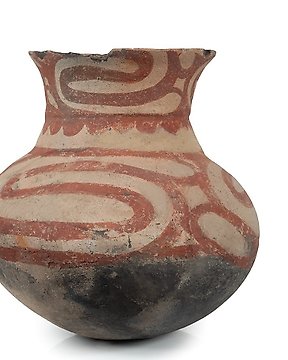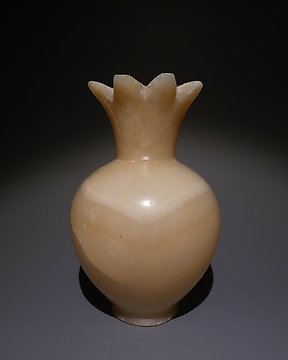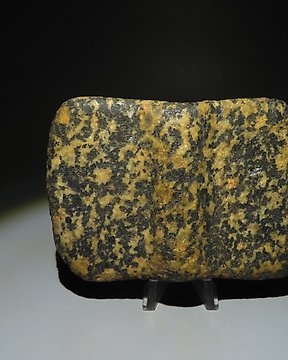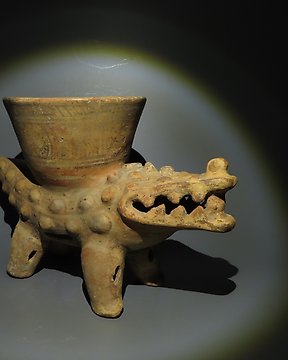
Costa Rica Terracotta Kom in de vorm van een krokodil. 1000-1200 n.Chr. 32,5 cm. L. Met Spaanse importvergunning.
Catawiki is voortdurend bezig om haar technologie te verbeteren. Je gebruikt momenteel een verouderde browser. Update je browser om je gebruikservaring te optimaliseren.
Je kunt je cookievoorkeuren instellen met de onderstaande schakelaars. Je kunt je voorkeuren bijwerken, je toestemming op elk moment intrekken en een gedetailleerde beschrijving bekijken van de soorten cookies die wij en onze partners gebruiken in ons Cookiebeleid.
Nr. 83778869
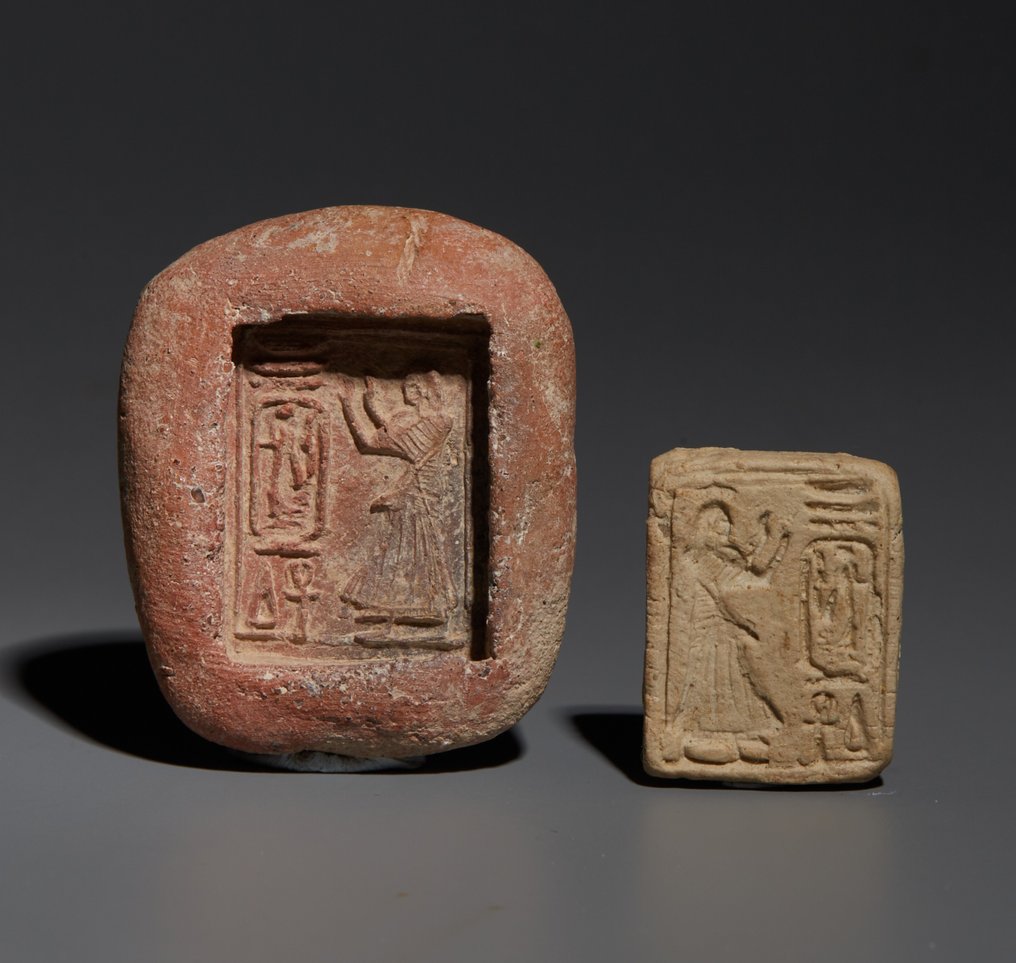


Mold of an offerer in front the cartouche of Ramses II.
- Important -
New Kingdom, 19th Dynasty, Ramses II Reign, c. 1279 - 1243 BC.
3,6 cm H.
Terracotta
CONDITION: Intact
PROVENANCE: Private collection of a lover of Egyptology, prior to 1980. Subsequently, inherited by his heirs until 2023.
One of the most important Egyptian kings, Ramesses II, governed for 66 years and lived to be 87 years old, quite a record for those times. Tens of queens, wives and concubines made up his harem, so that his offspring numbered more than one hundred. Despite the fact that his great love was Nefertari, on her death in the 26th year of his reign, his second Great Royal Wife, Isetnofret (isis the Beautiful) to whom he had been married since adolescence, ascended the throne. She remained very much in the shadows, but it is believed that she was very intelligent and managed to place all her children in the most important positions in the state. It is possible that a rivalry existed between the family of Nefertari and that of Isetnofret, and that the death of the first and her first child were due to the intrigues of the second wife.
The fourth son of Ramesses II and the second of the queen Isetnofret was Khaemweset. From his youth he stood out in the court for his contributions to Egyptian society through the work of diplomacy. Ramesses held him in high regard and protected him, putting him in the hands of the priests of Ptah in Memphis. The cult of this god, the patron of artisans, was very strong from the beginnings of the Egyptian kingdom. It came to have a great religious complex at Mit Rahina. The “High Priest” or “Sem Priest”, Huy, prepared him to take over in his place, and Khaemweset took this title, as well as that of “governor of Memphis” and Crown Prince until his death at the age of 56. He has been described as “the first Egyptologist”, with the title of “The Greatest of the Masters of the Craftsmen” due to his passion for the past which led him to restore pyramids, such as the steps of the pyramid of Djoser, tombs of nobles of the Old Kingdom and some temples.
As a priest he took part in the ritual burial of the sacred Apis bulls in the Serapeum at Saqqara. Later, Khamewaset restored this, and created an underground gallery where a series of burial chambers allowed for the burial of several Apis bulls. His own tomb has never been found, although it is thought that it must be in the cemeteries of Saqqara.
Notes:
- The piece includes authenticity certificate.
- The piece includes Spanish Export License.
- The seller guarantees that he acquired this piece according to all national and international laws related to the ownership of cultural property. Provenance statement seen by Catawiki.
Mold of an offerer in front the cartouche of Ramses II.
- Important -
New Kingdom, 19th Dynasty, Ramses II Reign, c. 1279 - 1243 BC.
3,6 cm H.
Terracotta
CONDITION: Intact
PROVENANCE: Private collection of a lover of Egyptology, prior to 1980. Subsequently, inherited by his heirs until 2023.
One of the most important Egyptian kings, Ramesses II, governed for 66 years and lived to be 87 years old, quite a record for those times. Tens of queens, wives and concubines made up his harem, so that his offspring numbered more than one hundred. Despite the fact that his great love was Nefertari, on her death in the 26th year of his reign, his second Great Royal Wife, Isetnofret (isis the Beautiful) to whom he had been married since adolescence, ascended the throne. She remained very much in the shadows, but it is believed that she was very intelligent and managed to place all her children in the most important positions in the state. It is possible that a rivalry existed between the family of Nefertari and that of Isetnofret, and that the death of the first and her first child were due to the intrigues of the second wife.
The fourth son of Ramesses II and the second of the queen Isetnofret was Khaemweset. From his youth he stood out in the court for his contributions to Egyptian society through the work of diplomacy. Ramesses held him in high regard and protected him, putting him in the hands of the priests of Ptah in Memphis. The cult of this god, the patron of artisans, was very strong from the beginnings of the Egyptian kingdom. It came to have a great religious complex at Mit Rahina. The “High Priest” or “Sem Priest”, Huy, prepared him to take over in his place, and Khaemweset took this title, as well as that of “governor of Memphis” and Crown Prince until his death at the age of 56. He has been described as “the first Egyptologist”, with the title of “The Greatest of the Masters of the Craftsmen” due to his passion for the past which led him to restore pyramids, such as the steps of the pyramid of Djoser, tombs of nobles of the Old Kingdom and some temples.
As a priest he took part in the ritual burial of the sacred Apis bulls in the Serapeum at Saqqara. Later, Khamewaset restored this, and created an underground gallery where a series of burial chambers allowed for the burial of several Apis bulls. His own tomb has never been found, although it is thought that it must be in the cemeteries of Saqqara.
Notes:
- The piece includes authenticity certificate.
- The piece includes Spanish Export License.
- The seller guarantees that he acquired this piece according to all national and international laws related to the ownership of cultural property. Provenance statement seen by Catawiki.


